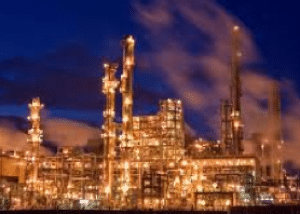 Oil companies are making a fortune off of drivers with oil at $109 a barrel (which comes to $2.60 a gallon at 42 gallons per barrel). But they’re getting rich a second time refining the oil into gasoline.
Oil companies are making a fortune off of drivers with oil at $109 a barrel (which comes to $2.60 a gallon at 42 gallons per barrel). But they’re getting rich a second time refining the oil into gasoline.
Since January, the measure of refining profitability known as the crack spread–basically the difference between what refineries pay for oil and what they get for selling the gasoline and heating oil they produce–has more than doubled. The spread is at its highest level since the crazy price-gouging of 2007, which set all-time records.
This rise can’t be blamed on the weak dollar, since almost all U.S. gasoline is refined in the U.S. It can’t be blamed on Libya or any other Mideast unrest.
The spread is an indirect but accurate gauge of what refiners and retailers are making. Refinery costs are stable and predictable. They don’t rise and fall with the price of oil.
So as the price difference between the market price of crude oil and the price of gasoline or diesel fuel enlarges, the difference is profit for refiners.
Refiners will scream that their actual profit is only cents on the gallon (though they won’t make their actual profit per gallon public). But if you’re producing up to 500,000 barrels (21 million gallons) a day of fuel, like each of Exxon’s two largest refineries, 3 cents a gallon of extra profit comes to $630,000 a day, more than $19 million a month.
So the next time you’re at an Exxon or Mobil station, you can blame Exxon twice. Or if it’s a Valero or Tesoro station, just blame them once because unlike Exxon, they don’t produce the oil, too.












